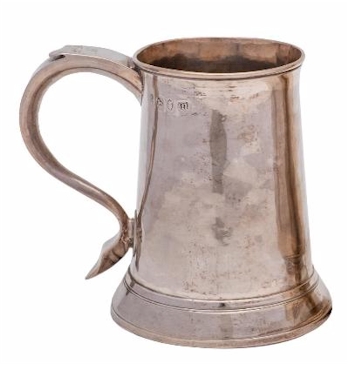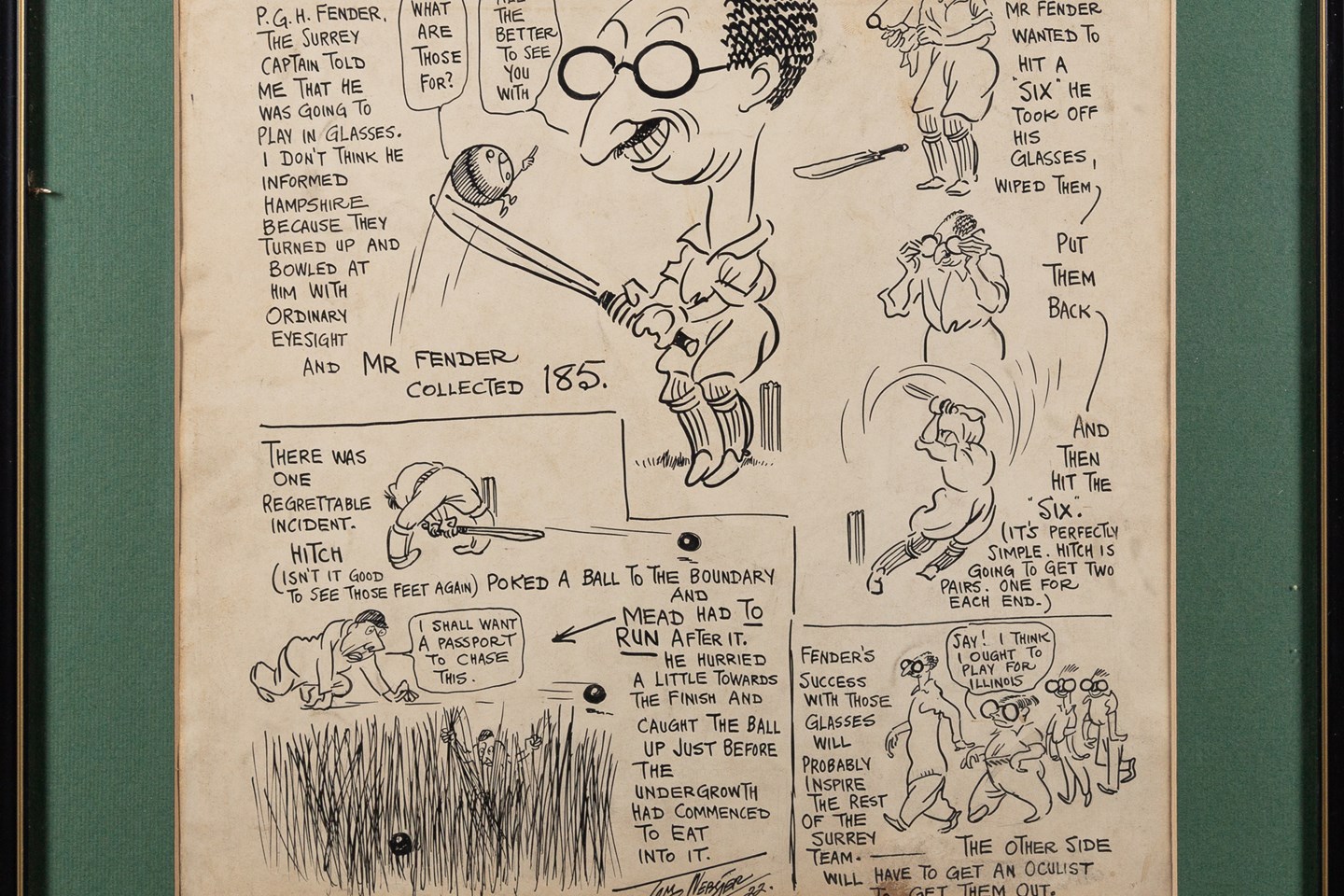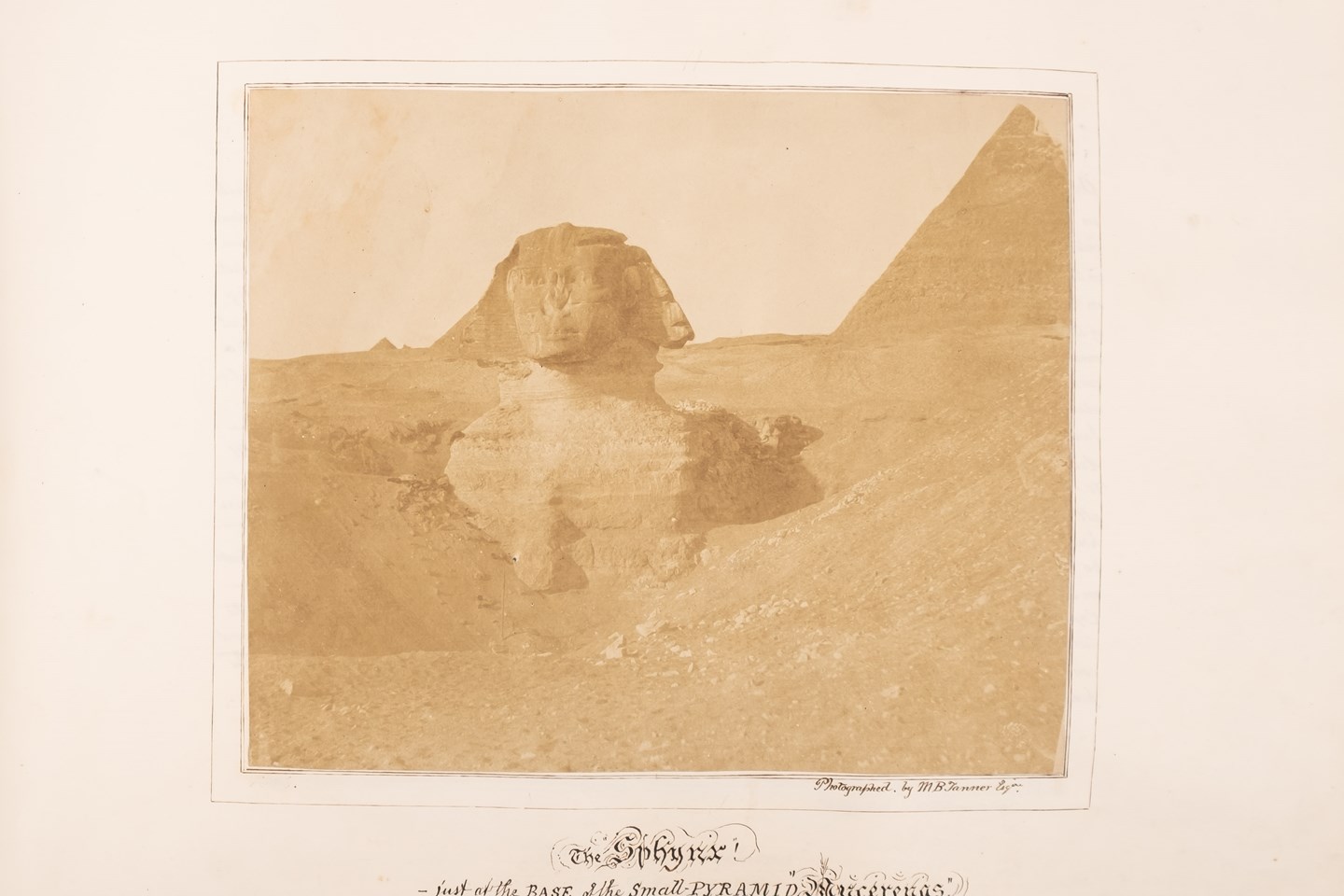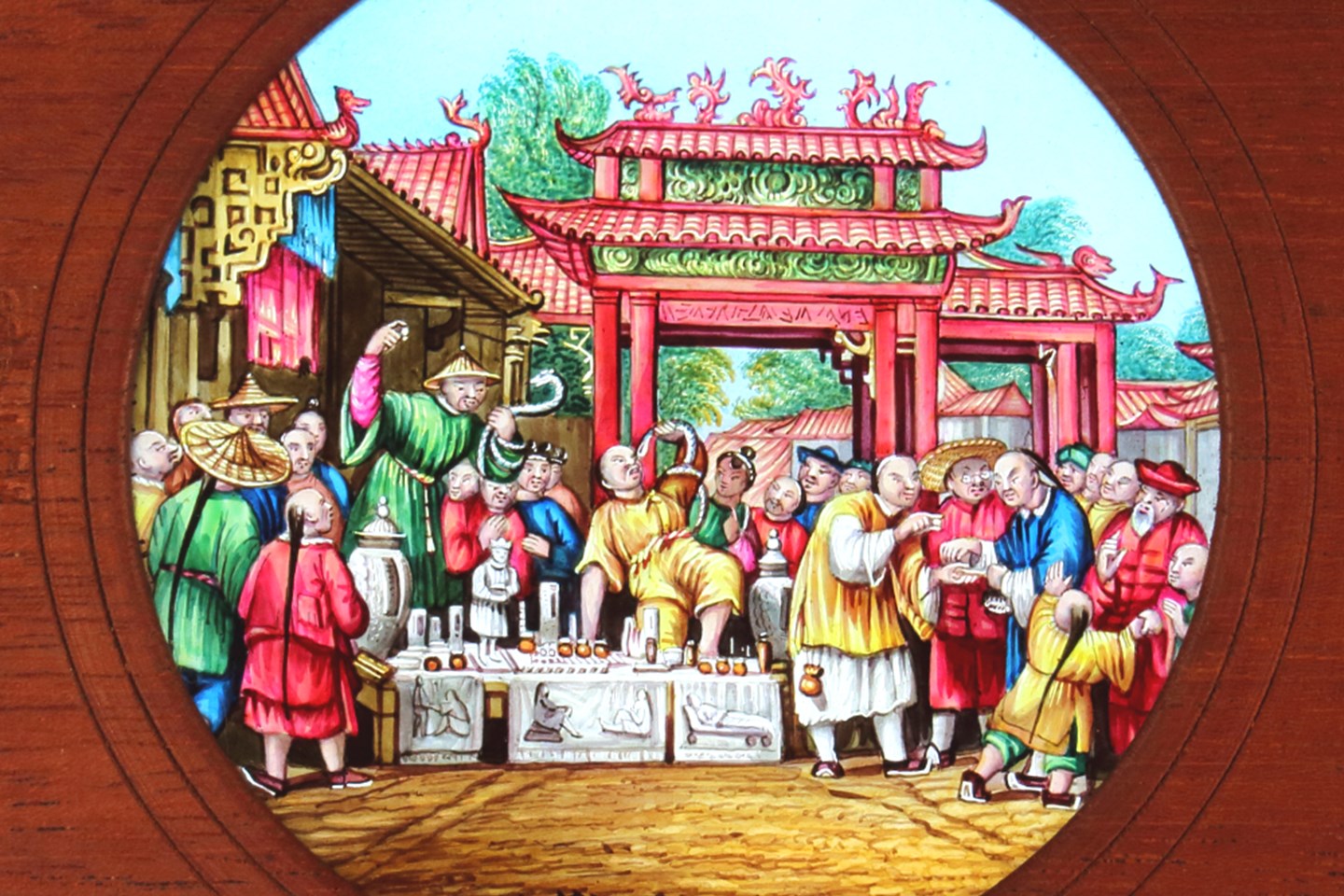
A George III Silver Mug by makers William and James Priest of London in 1767.
One of the most popular items for silver collectors is the tankard. The name is traditionally used to describe a single-handled drinking vessel with a lid. Tankards were normally larger than mugs either holding a pint or more often a quart.
The earliest types of tankard were usually made from pottery with silver mounts and lids that date from the Elizabethan period. The early tankards were usually cylindrical with a scroll handle and a shallow domed hinged lid with a scrolling thumbpiece.
There was little or no decoration to the tankard, other than an initial or possibly a crest. As fashions changed during the Georgian period, the baluster-shaped tankard became more popular, usually with a higher domed lid, acanthus capped handles and more ornate thumbpieces.
Tankards fell out of favour during the 19th Century and were not generally made. However, the Victorian chasers would take earlier tankards and decorate them with chasing and embossing, usually with foliage and scrolls or maybe sporting or hunting scenes.
Mugs are normally described as a single-handled, lidless drinking vessel, usually of pint or half-pint capacity. Their design very much follows the same course as the tankard with plain cylindrical mugs appearing in the Elizabethan period, normally with a scroll handle with heart-shaped terminal.
Again, in the Georgian period the baluster shape became more fashionable. Along with the baluster shape came another popular design which was barrel-shaped and had a C-shaped reeded handle.
Unlike the tankard, the mug gained greater popularity during the 19th Century as the industrial class grew in wealth. During Queen Victoria's reign, it was fashionable to give silver christening mugs to young children. These mugs were usually heavily decorated with scrolls and foliage and often had a cartouche ready for an inscription, initials or date. They often came in a fitted case and occasionally had a knife, fork and spoon to complete the gift.
Mugs continued to flourish and reflect the different decorative movements, with butterfly and fern leaf decorated Aesthetic movement mugs; and hammered silver and cabochon applied Arts and Crafts mugs.
A note of caution, the most common occurrences with mugs is their change to a jug by adding a spout. Under the Hallmarking Act, this is defined as change of use, or alteration, and cannot be offered for sale.
- Bearnes Hampton & Littlewood
- Silver
Tankard or Mug was published on Tuesday, 12 June 2020.





